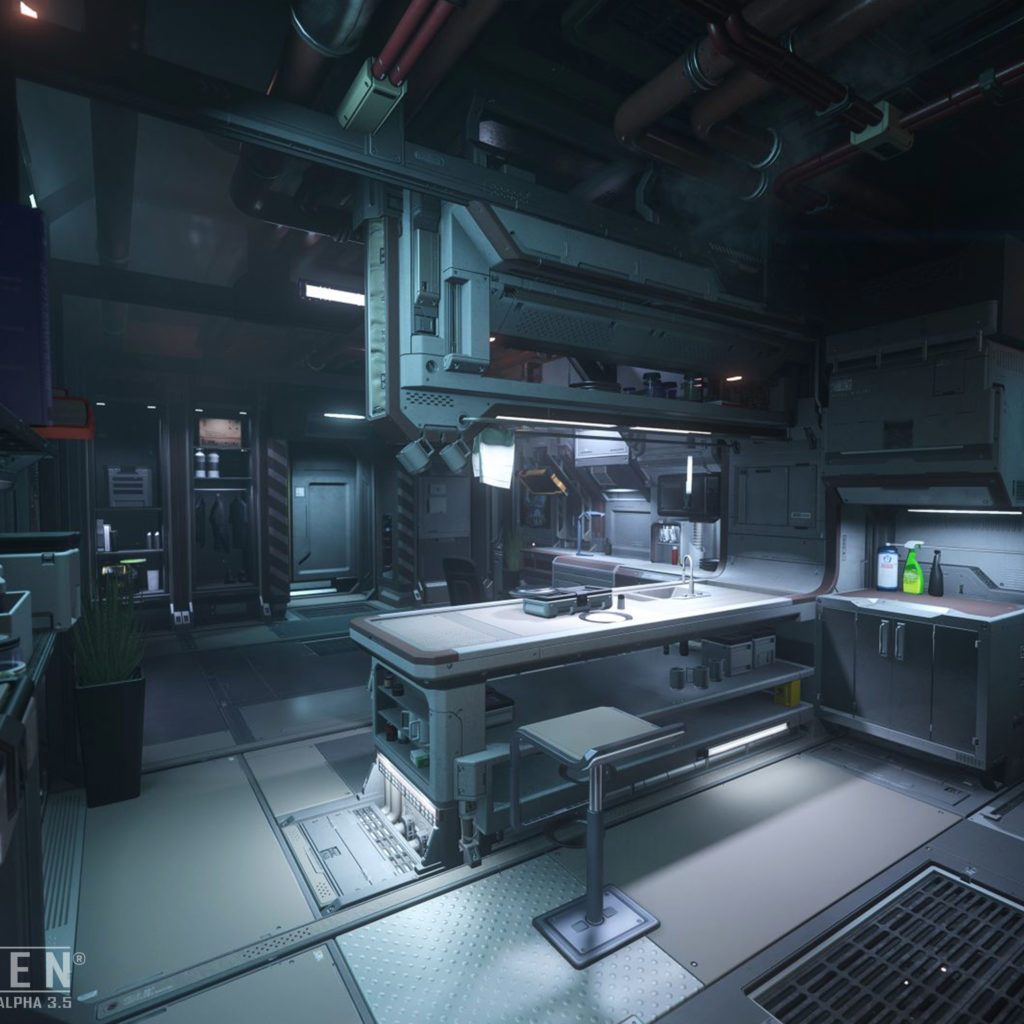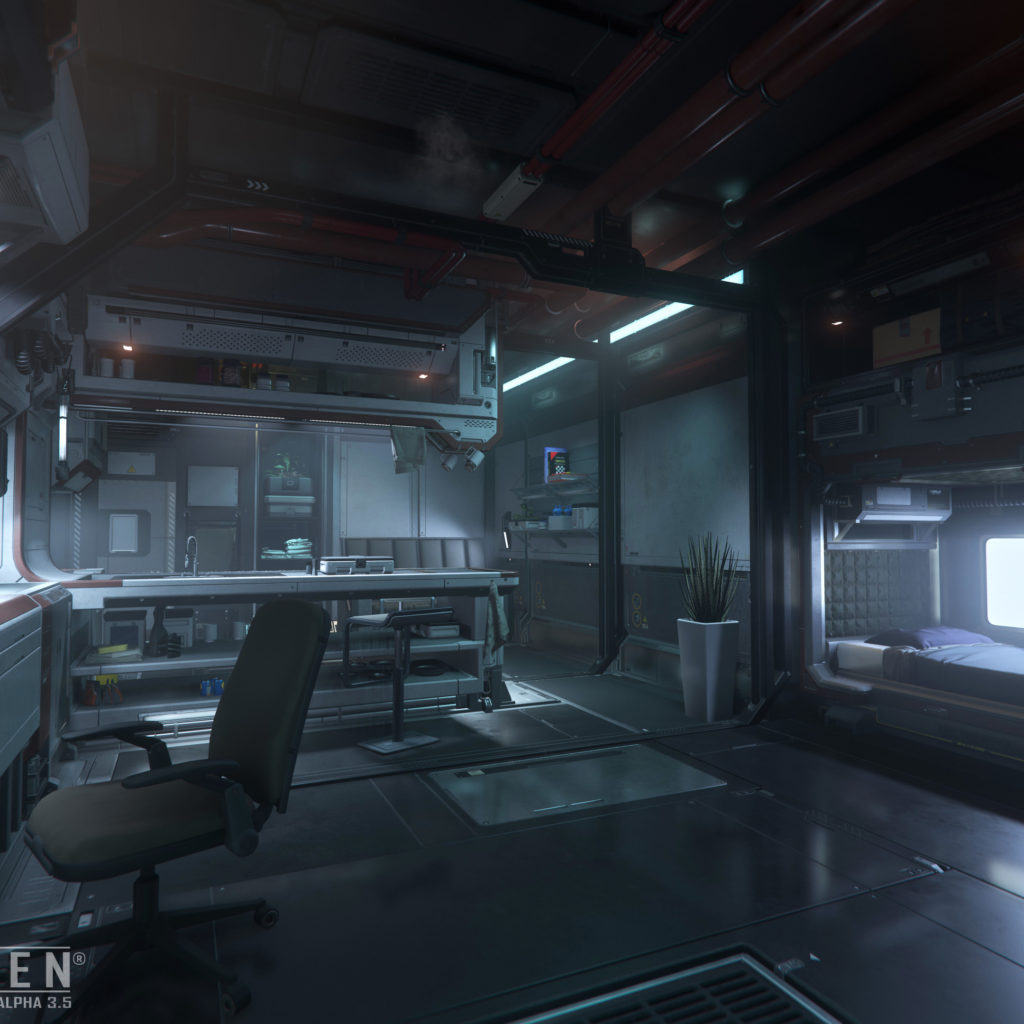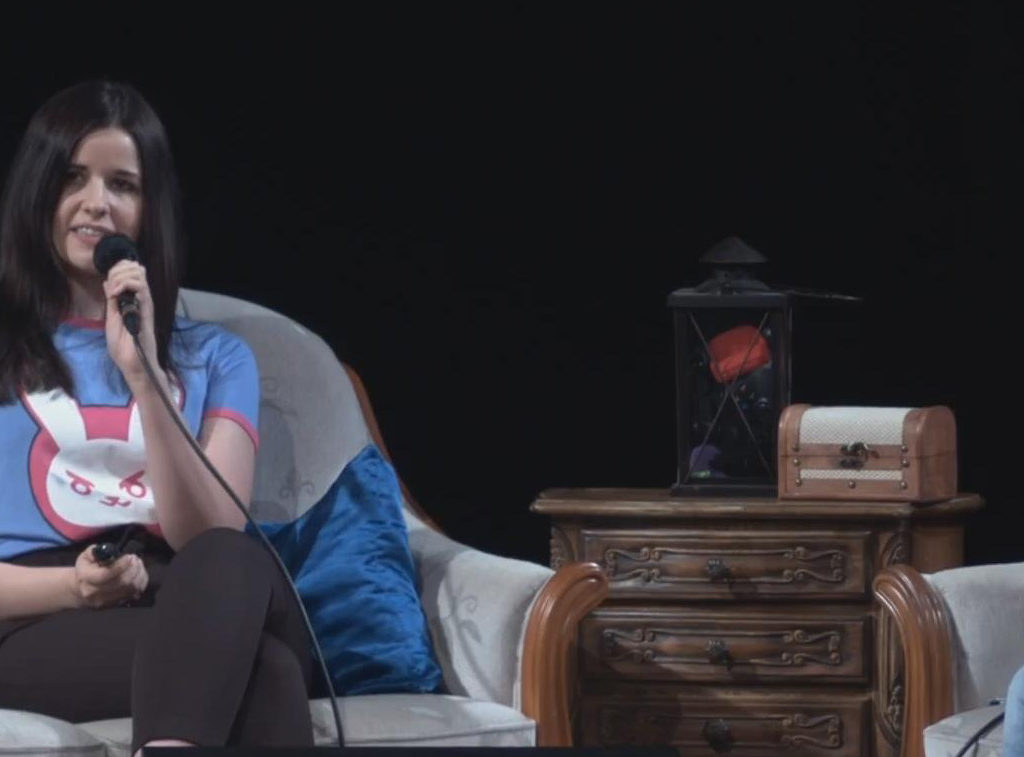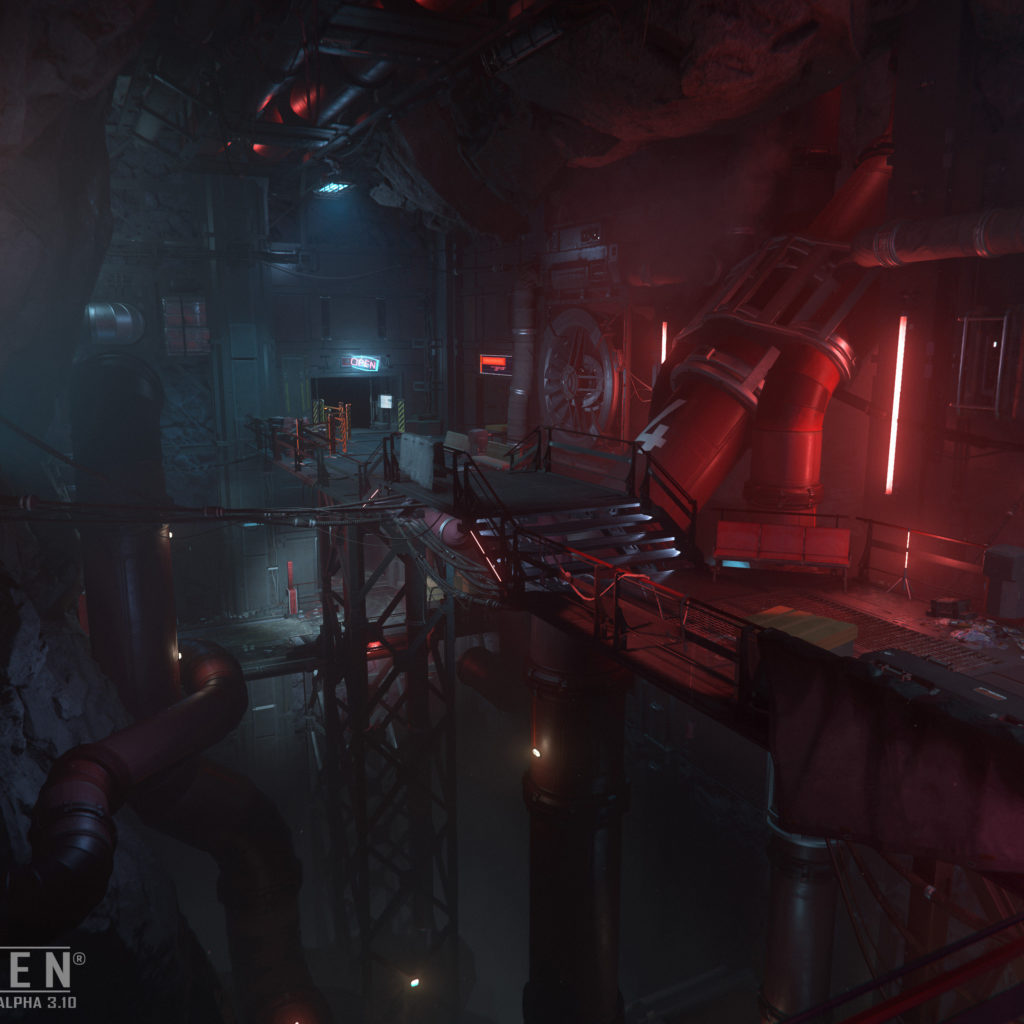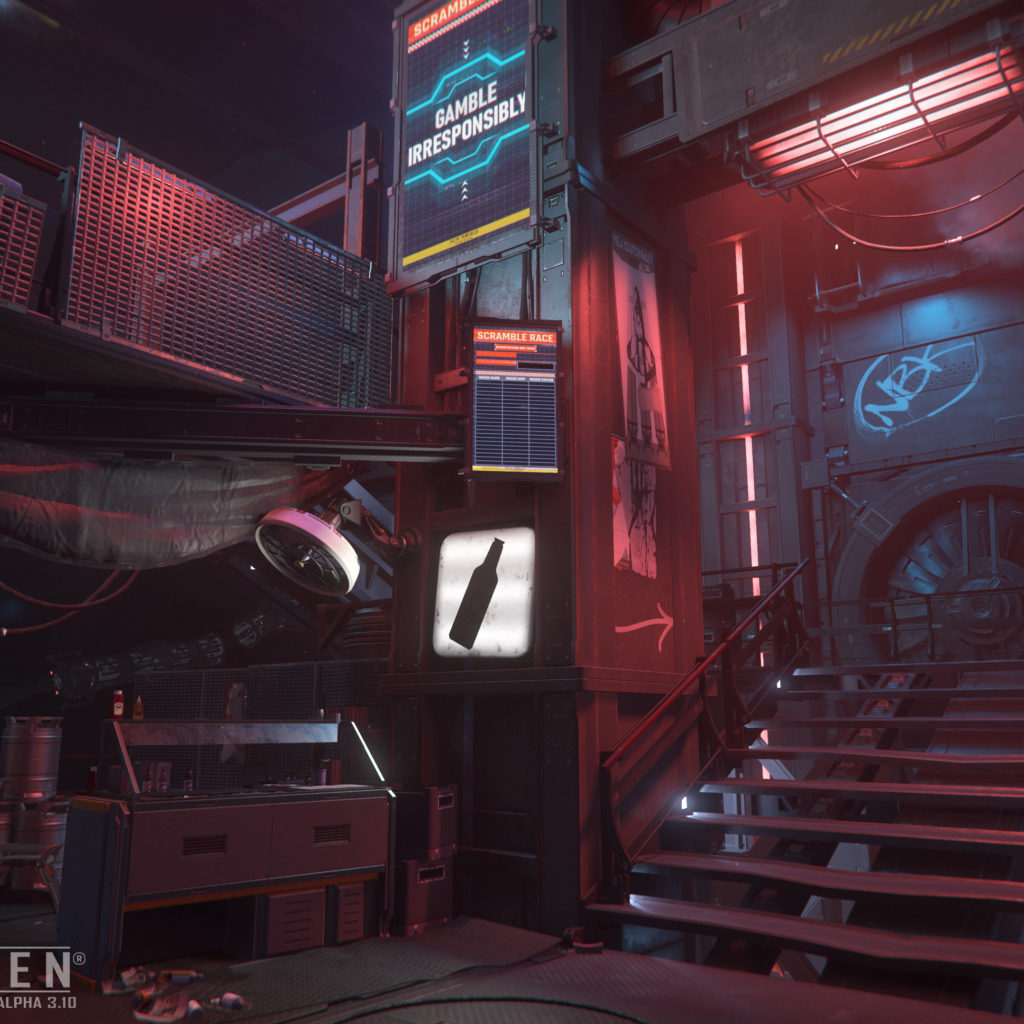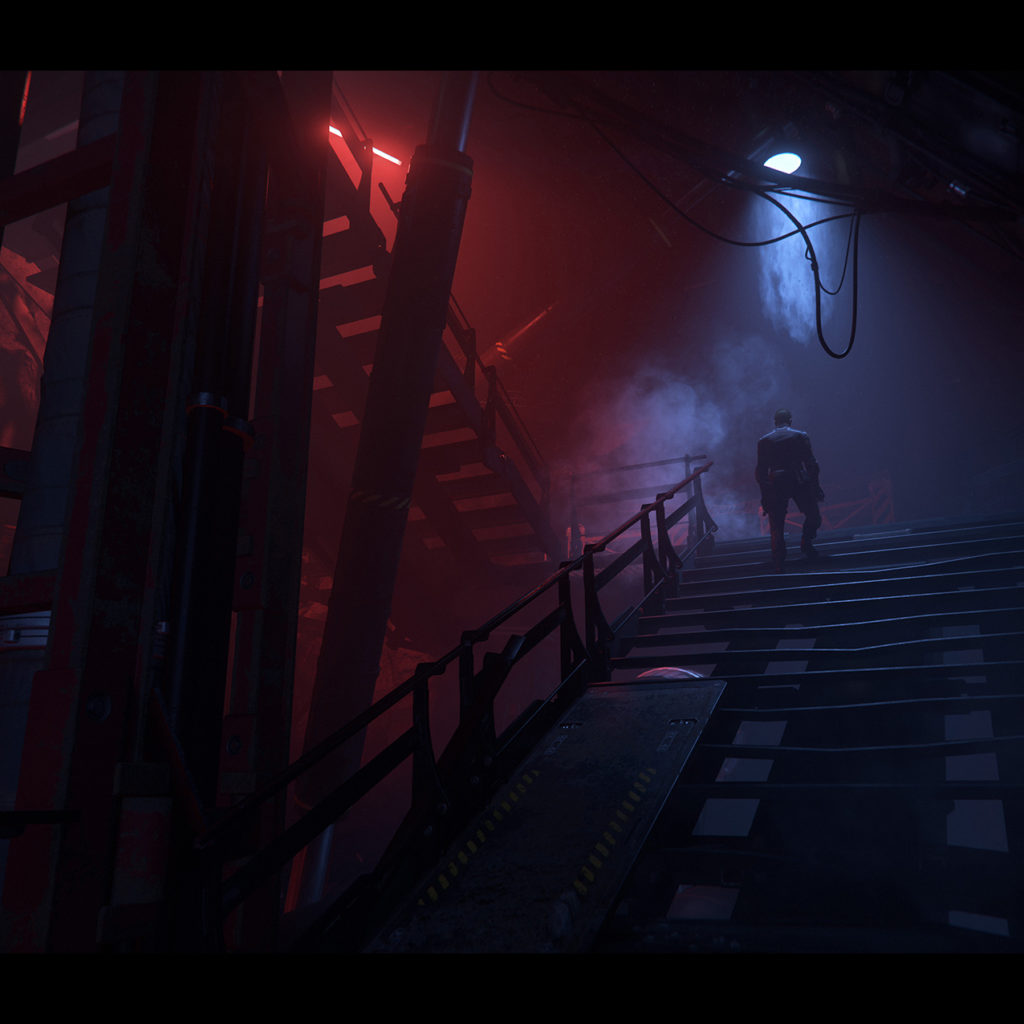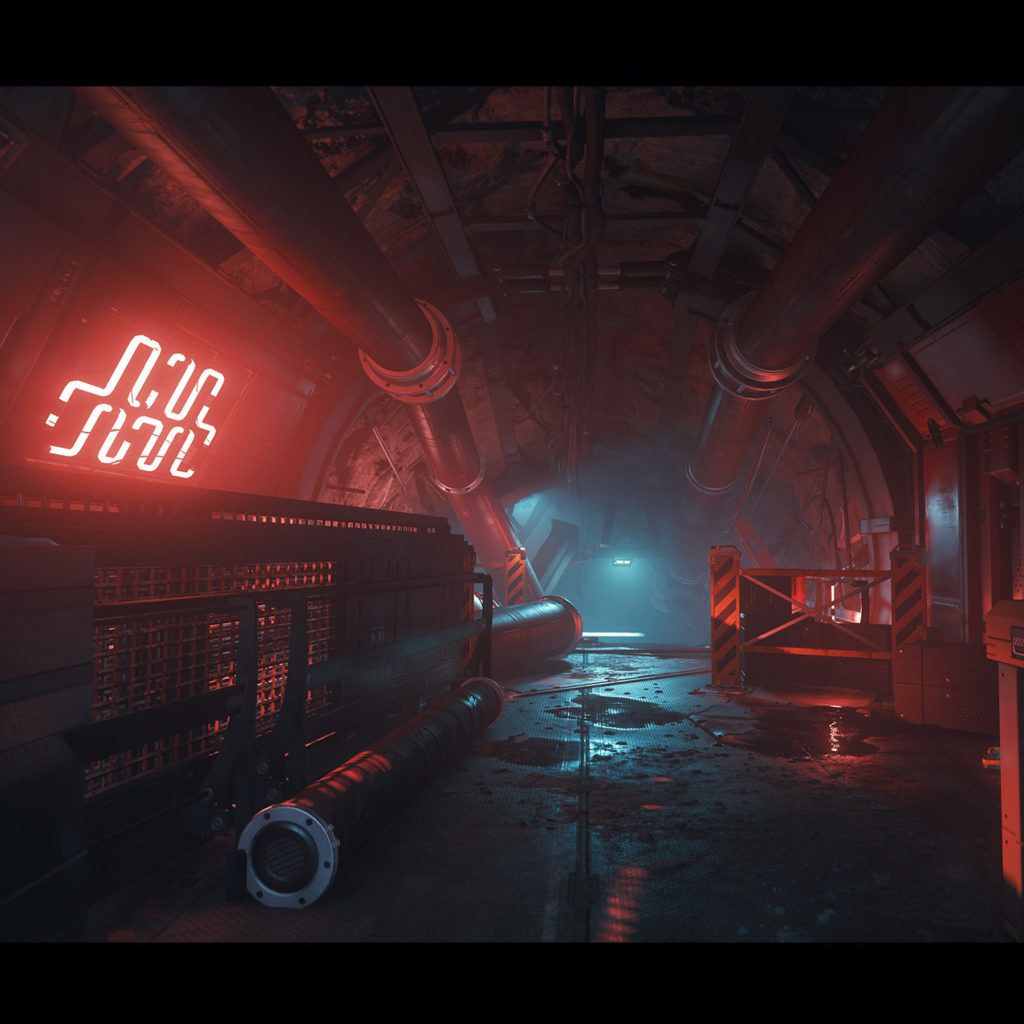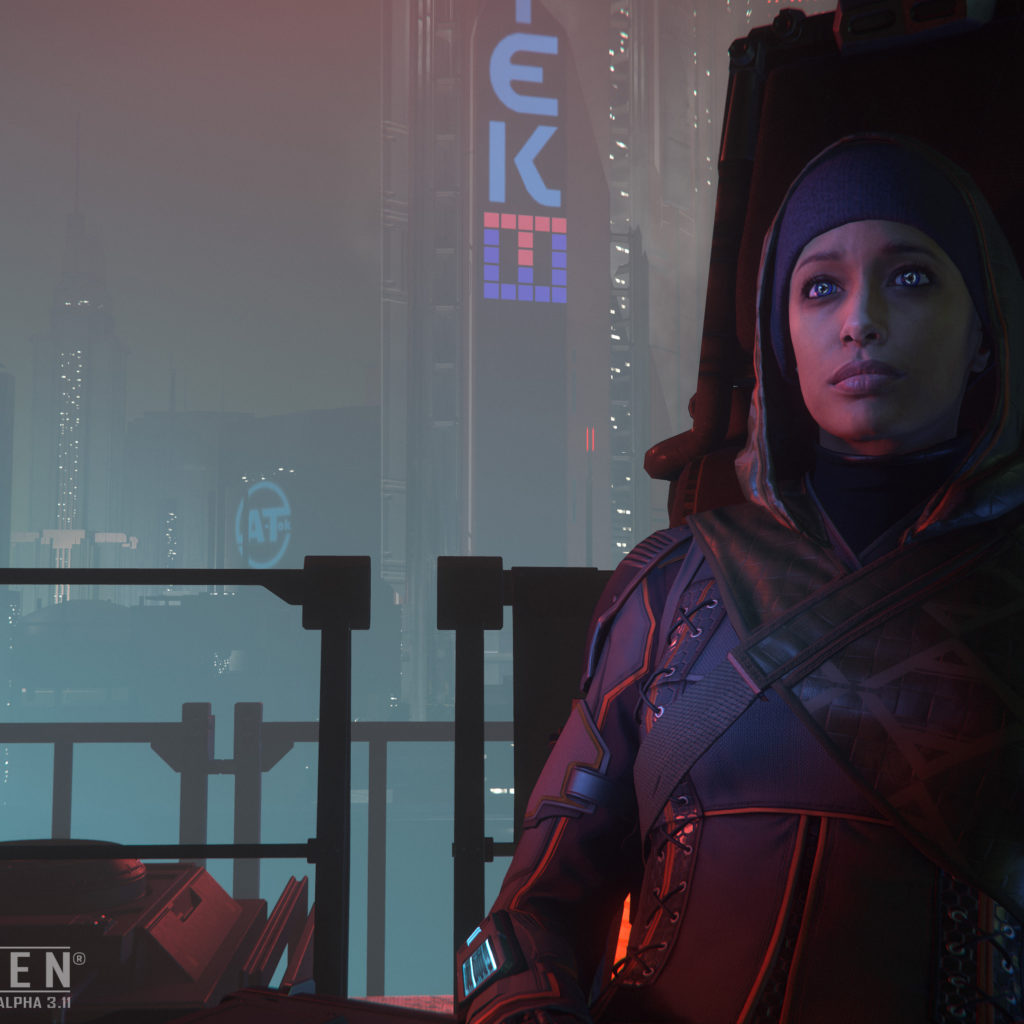Carmen Schneidereit is a Lighting Artist at Microsoft Playground Games, working on the next entry of the Fable series and is currently living in London. Before she joined Playground Games, she was part of Cloud Imperium Games to work on Star Citizen, an upcoming multiplayer space exploration game which is inspired by 1980s science fiction works and stands out as being the most successful crowdfunded project to date.
Before joining the industry, Carmen has specialized in Game Arts at the Cologne Game Lab where she finished her Bachelor studies as part of CGL’s very first ‘Digital Games’ Bachelor program back in 2018.
Here you’ll find Carmen’s Artstation account!
How would you describe Game Arts in your own words?
In general, Game Arts is the design of visual elements for computer games. Since Game Arts is a subcategory of art, it can be as diverse as art itself. This can also be seen at modern festivals and exhibitions like A MAZE where games are used for personal expression. I work as a classical Production Artist who creates the visuals for a game IP. I work closely with the art director of a game to produce the lighting that you can experience ingame.
Looking back at your study program, how would you describe what you did in your time at CGL?
Before I specialized in Game Arts, I was – just like every student from my course – exploring for two semesters the other specialization fields that were Game Programming and Game Design. Each semester was split into a theoretical part and a practical part. During the theoretical part we had our University lectures and during the practical part we collaboratively developed a game prototype. At first, we were introduced to game prototyping with Unity and later Unreal Engine 4. When I specialized in CG arts, I learned additional 3D software packages like Maya and zBrush. In the Game Arts classes, we had lectures on various topics. We learned the basics of 3D animation and the fundamentals of design. Then we had more theoretical lectures like Media and Game Studies where we discussed the history and impact of games and other media. Besides those courses, there was the opportunity to attend special events, for example game jams and guest lectures by people from the industry that I found very inspiring. I liked the concept of doing one major collaborative game project every semester. My highlight was our second semester project “Papair” that was about a little pilot stranded on an island in a world made out of paper. With this project, we won the third prize at the Blue Byte Newcomer Awards that gave us the chance to visit Ubisoft in Duesseldorf for a mentoring session.
What is your general impression of the Cologne Game Lab?
Carmen: It was definitely a great time at CGL and I like to think back to it. Apart from being a student at the Cologne Game Lab, it’s hard to find places where so many creatives come together and work on cool projects. There were students at CGL who made experimental music games, others were dedicated to old arcade games or stop motion animation. Everyone was involved in creating something interesting and putting this in retrospect, I think that is something really special.#
“Unlike films, the challenge with games is that the lighting needs to look good from every perspective and not just from one single shot.“
As a Lighting Artist, how would you describe what you do every day?
The main responsibility of a lighting artist is to light the game so that it serves the story and gameplay of the game. Lighting sets the tone of a location and helps with guiding the player. As a lighting artist I am not only directing the lighting of the game, but also control lens effects, atmospherics effects and the final color grading. And I work with the rendering team to improve the lighting tech. The process of lighting a game can be compared to lighting on movie sets where someone needs to place the lights for a scene and adjusts their color, intensity and direction. I do the same but in a 3D rendering software. Which is nice, because it’s less likely that I set things on fire. Unlike films, the challenge with games is that the lighting needs to look good from every perspective and not just from one single shot. For Star Citizen, I mainly worked on location lighting for places the players can walk through and fly to, for example landing zones on planets and fuel stations in space for your ship. The work on this project was very diverse due to all the different moods that vary for each planet and region. One of my favourite examples are locations illuminated with neon lights that create strong Cyberpunk vibes.
“It is important to find what sparks passion in you.“
What can you recommend to aspiring game artists?
Carmen: Art is beautiful, but also a lot of work. As an artist, it is important to find what sparks passion in you and not lose motivation along the way. It is normal to have moments of frustration. At the beginning of your journey as a game artist, I recommend to invest your time into learning art fundamentals. These fundamentals will always help you, no matter if you work in 2D, 3D or decide to become a food photographer! For artists that want to create ingame graphics, I also recommend familiarizing yourself with real-time rendering.
What can you recommend to people who are interested in applying for the CGL study programmes?
The biggest challenge is to stand out with your application due to the high number of applicants every year. Think of “What makes me stand out as a person? What is special about me?”. For instance, there are people who are really into old school arcade machines, biology or painting with traditional media like watercolors on Japanese paper. Another advice is to make sure that your work is well presented. The time of the professors who look at your application is limited, so you should make it as easy as possible for them to understand your concept. Creating a nice video and visualizing your ideas can help. It is no disadvantage if you come from a background which is not related to games at all. At CGL, some students already knew back in school that they wanted to become developers and applied immediately while others took quite different ways. Everything that you experience in life paves you.


